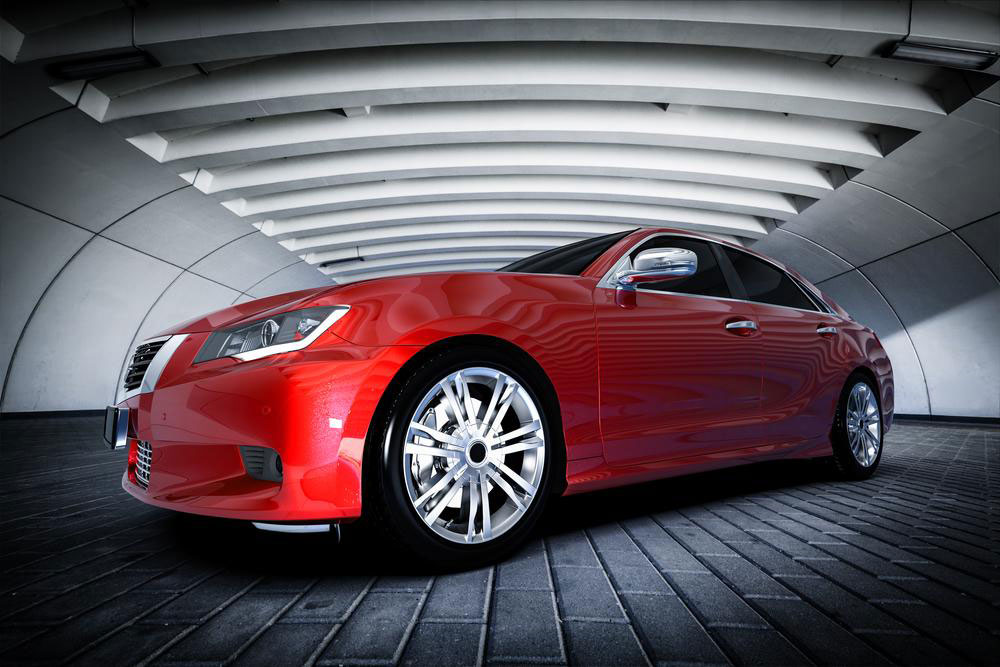Guidelines for Purchasing Repossessed Vehicles at Auctions
Learn how to successfully purchase repossessed vehicles at auctions with essential tips on inspection, budgeting, and financing. This guide helps buyers navigate the auction process, avoid common pitfalls, and secure quality cars at lower prices. Whether you're a first-timer or experienced buyer, these strategies ensure a confident buying experience and better deal outcomes.
Sponsored

When borrowers default on their auto loans, lenders have the authority to repossess the vehicle. They may engage a repossession service to recover the car, often without the owner’s prior knowledge. These repossessed vehicles are then sold at auctions to the highest bidder. This provides buyers with an opportunity to acquire a used vehicle at a significantly lower price compared to its original retail cost.
Essential Tips for Buying Repo Vehicles
1. Verify Certification
Before bidding on a repossessed car, ensure it comes with proper title and certification. If the vehicle lacks registration documentation, be prepared to cover registration and title transfer fees in addition to the bid price.2. Budget for Buyer’s Fees
Participants who win at auction are required to pay a buyer’s fee, which helps reserve the vehicle until final payment. It’s essential to allocate funds for this additional cost.3. Research Market Values
Prior to the auction, research the vehicle’s market worth by noting its make, model, and year. Use online resources or consult dealerships to estimate its current value and set a bidding limit accordingly.4. Attend Auctions for Experience
If new to auto auctions, attend some events beforehand to observe the process. Bringing an experienced car inspector can help identify potential issues and guide bidding strategies. Auctions can be fast-paced, so familiarity is vital.5. Don't Judge by Appearance Alone
Appearance can be deceiving. A vehicle may look pristine but have underlying problems. Focus on the vehicle’s overall condition, mileage, and signs of damage or previous accidents rather than just how it looks.6. Be Patient and Strategic
Finding quality repossessed cars takes time. Review auction listings in advance, and be ready to bid on multiple vehicles. Remember to include repair and registration costs in your budget, especially when aiming for low-cost options under $1000.7. Conduct a Detailed Inspection
Inspect both exterior and interior thoroughly. Look for dents, rust, paint inconsistencies, and signs of previous damage. Start the engine to check functionality of electronics, lights, and gauges. Inside, review upholstery, panels, and safety features.8. Explore Financing Options
Various financing methods are available for repo cars, including bank loans, credit union loans, or personal loans. Consider both secured and unsecured options, and account for additional costs such as registration, auction fees, and repairs when planning your budget. Paying cash is also an option if feasible.Participating in repo car auctions offers a chance to purchase used, relatively new vehicles at bargain prices. Whether you attend commercial or online auctions, careful research and inspection can help you find a reliable car at an affordable price, making it a smart choice for budget-conscious buyers.






